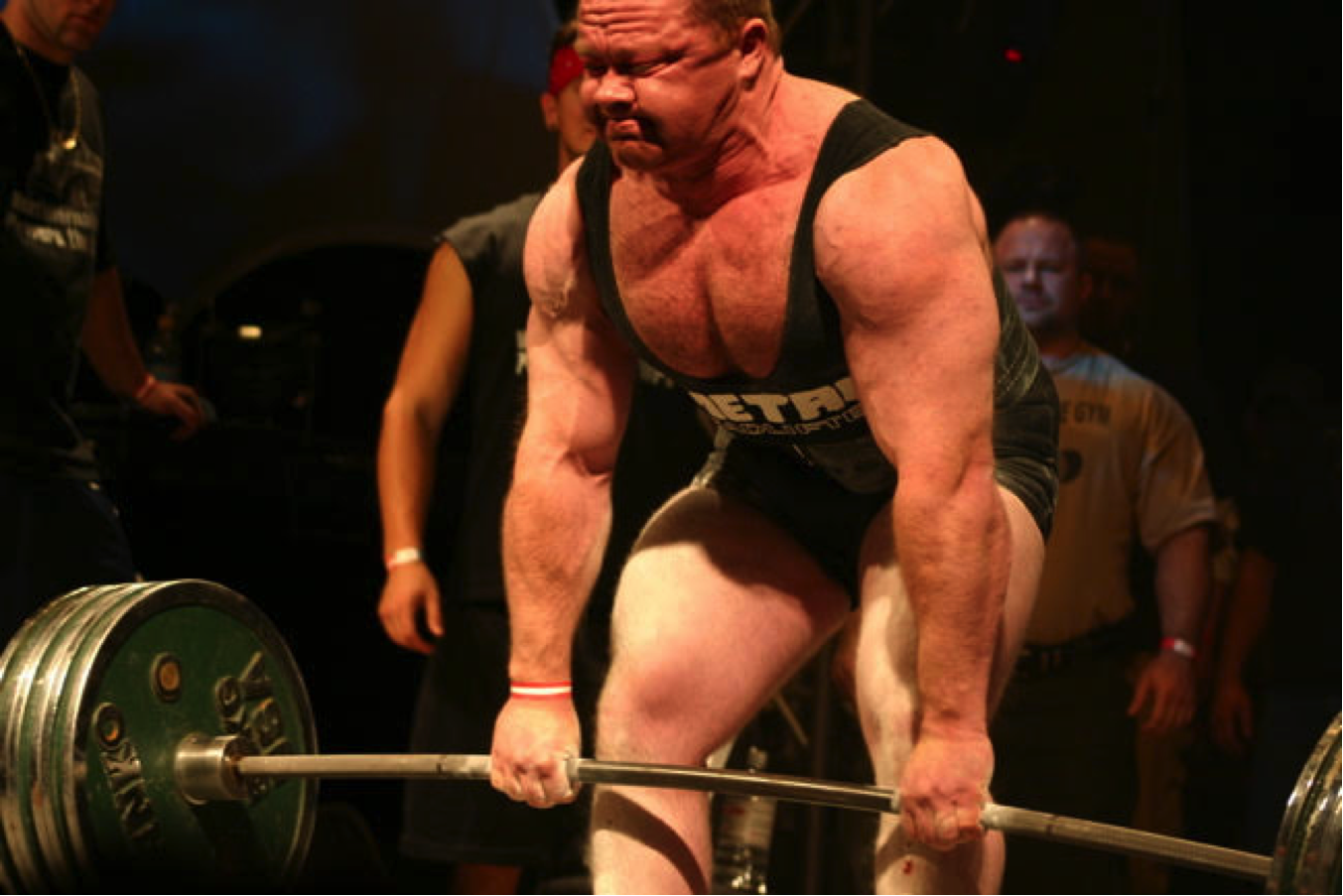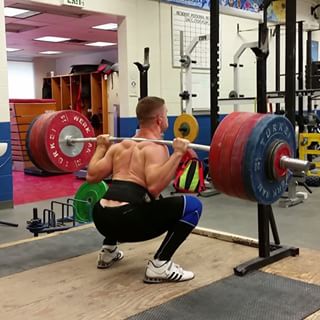Check out the “Mash Squat Every Day” E-Book with 4 twelve week programs for weightlifting, powerlifting, super total, and bodybuilding. Find out more below:
Join Team Mash Mafia for weightlifting, powerlifting, athletic performance, bodybuilding, running, or a hybrid approach. This team is already taking over weightlifting, and I plan on taking over all of the other disciplines one at a time. Check it out below:
Data and Common Sense to Design Programs
Programming should be a combination between art and science. The art should be guided by science. Whether we are talking about powerlifting, weightlifting, CrossFit, or football, this statement applies. Whether it’s the main lifts in the program or accessory work, there should be some science guiding the exercises, sets, and reps,
Here’s the main question, that all of you should ask, “Why am I doing what I am doing?” If you or your coach can’t answer those questions, you’ve got a problem. Here are three things that Don McCauley and I use to program for our athletes:
1. Obvious weaknesses identified by the coach or athlete. Muscular imbalance testing (which we will go over next) should never replace the experienced eye of a coach or the instinct of a seasoned athlete. Muscular Imbalance Testing is only used to make sure that no stone is unturned and to quantify the imbalance and weakness. If an athlete is a weightlifter and they are struggling to stabilize weights overhead, it is safe to say that overhead stability is an issue.
A lot of experienced coaches are weary of new ideas like muscular imbalance testing. They believe that they can address imbalances with observation, and for a lot of issues they can. Don McCauley is the best coach that I have ever worked with when it comes to observation. His eye operates on a different speed than anyone else’s. He can see things that the average coach can’t even begin to see.
I have complete faith in whatever he sees, and whatever he prescribes the athlete to do for correction. Muscular imbalance testing is helpful even with Coach McCauley for putting a value on what he already knows. If he notices that an athlete is weak overhead, testing will put a value on that weakness as it relates to the rest of the body. It will also help to measure improvement.

There are also the obvious imbalances like the speed of the pull versus the recovery of the squat phase. If an athlete looks like they are performing a deadlift, then somehow sneak under the weight, and then they easily stand it up, there is a squat to pull imbalance. That didn’t take a rocket scientist of a fancy test. It was obvious. In the clean if an athlete can pull and catch just about any amount of weight and then barely stand it up, obviously more work needs to be done in the squat and core.
A coach should never let someone’s idea of science overrule common sense. I watch that happen all too often. I have watched coaches program very little volume of the traditional Olympic lifts and focus solely on strength because some guru told them to do so. I have also watched the opposite happen when coaches only focused on the lifts. It’s a balance. I don’t need a guru to tell me that. If an athlete is awesome at the lifts and weak in the legs, I need to get them stronger. It’s simple.
2. Muscular Imbalance Testing- we are finishing a book that’s going to explain in depth what we use for our athletes. We will go test for test explaining what it is, what it means, and what information you can gather. Writing the book inspired this article, so I will give you some tips.
The testing is great to get the athletes bought in. Nowadays athletes watch so much YouTube that they think they know too much. Scientific testing is a great way to prove to the athlete what Coach McCauley is trying to say. If their pull is weak, then work on pulls. If they are asymmetrical in any way, then address it immediately. If they are weak in any of the three planes, then address it.
Will addressing their muscular imbalances make them stronger? The answer is maybe and maybe not. However, it will make them a more stable athlete, and that will give them a better chance of staying in the game longer without injuries. Whoever stays in the game the longest without injury will eventually win the game. That goes for powerlifting or weightlifting.
This test drops in August, so be on the look out. You will be able to test yourself and your athletes, and you will know exactly what to do with the information.
3. Common asymmetries and imbalances caused by the sport. Each sport comes with its own baggage. Baseball causes major imbalances due to dominant side throwing and batting. One side is stabilizing while the other side is producing force. The throwing arm will be internally rotated, which will cause a lack of motion in the thoracic spine leading to an injury.
Weightlifters are the opposite. They are all external rotation causing them to sometimes lack proper strength in the chest, lats, and biceps to anchor the scapula with the barbell overhead. Weightlifters are 95% bilateral except for the asymmetrical jerk. This causes a lot of stress on the SI Joint from all the squats and asymmetrical hip development, which both cause back issues.
Every sport has its own issues that can lead to injuries. The key is to realize that, and then program to combat those asymmetries and overuse. I have outlined what I am doing for my weightlifter Dylan Cooper above. For a typical baseball player, I am going to focus on rotation to the opposite side, external rotation, and strengthening decelerators. I will also focus on proper thoracic and hip mobility along with unilateral lower body strength like lunges or split leg squats and deadlifts. I want to get those hips balanced as much as possible, and the thoracic spine moving properly so that force isn’t transferred to the elbow.
Football is different. Unless you are a quarterback or kicker, you are moving through a balanced series of athletic positions. However, there are a lot of other concerns. Primarily, I want to focus on stabilizing the athlete to take on the extreme punishment of that brutal sport. We will still get the football player athletic and explosive with squats, cleans, presses, and pulls, but we will focus the assistance work on stabilizing the body for the collisions. Neck work will be a part of every workout along with carries of all types. Core and neck stabilization will be the focus.
If you are a strength coach, you need to know the sport you are coaching. Are there asymmetries? Are there common injuries? Then ask yourself, “Is there a way to prevent or to reduce?” This is the first step to prescribing assistance exercises.
We are going to expand on all three of these in the Mash Muscular Imbalance Book. The goal is to give you guys everything that you need to program for yourself or your athletes. Keep your eyes open!
If you are interested in the upcoming book, sign up for the newsletter and receive the “Big Six Book” Free, and then we will keep you updated when the book drops.

I have been working on muscular imbalances with my athletes. Thanks for sharing, good points for me to think about and try to apply.